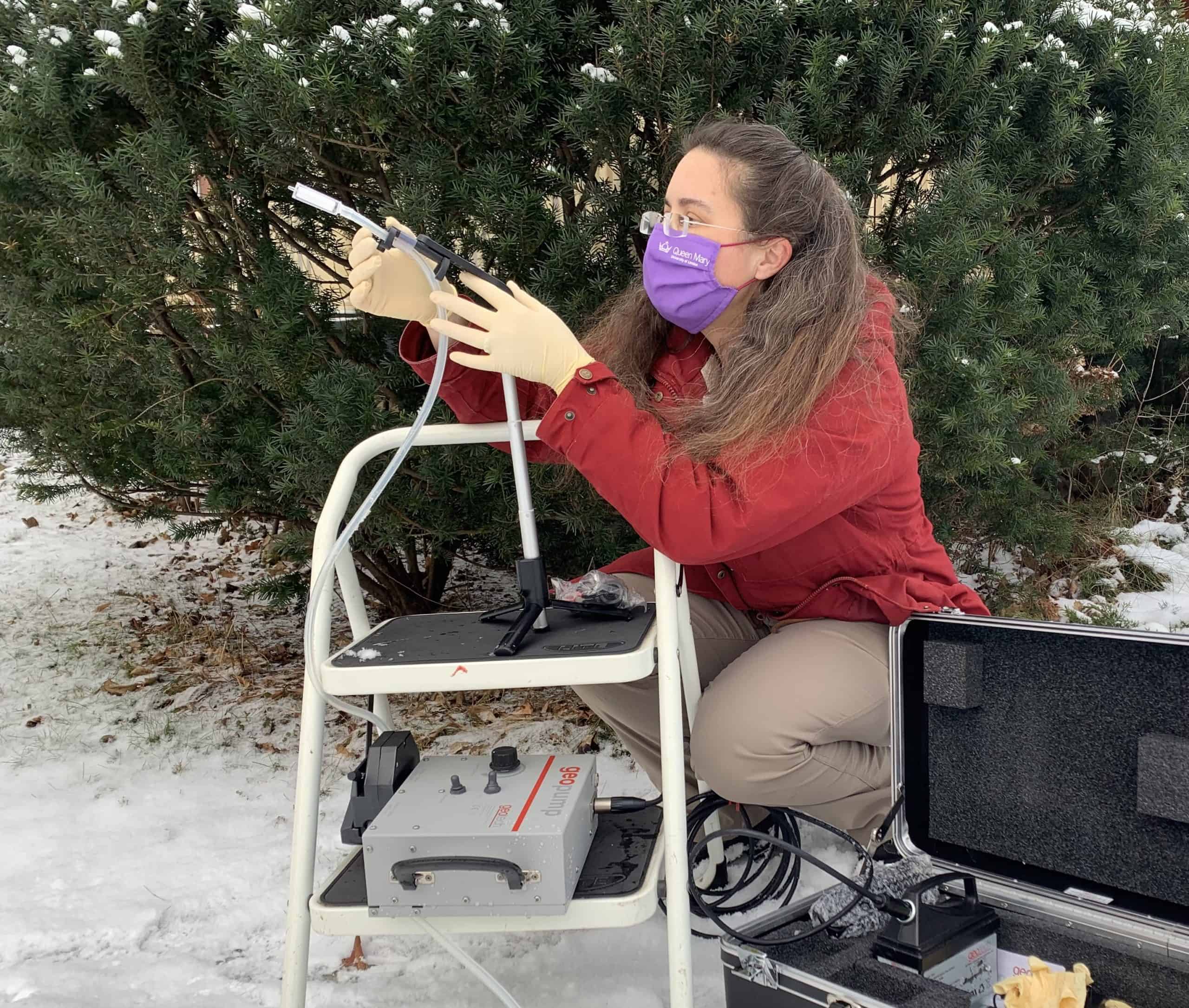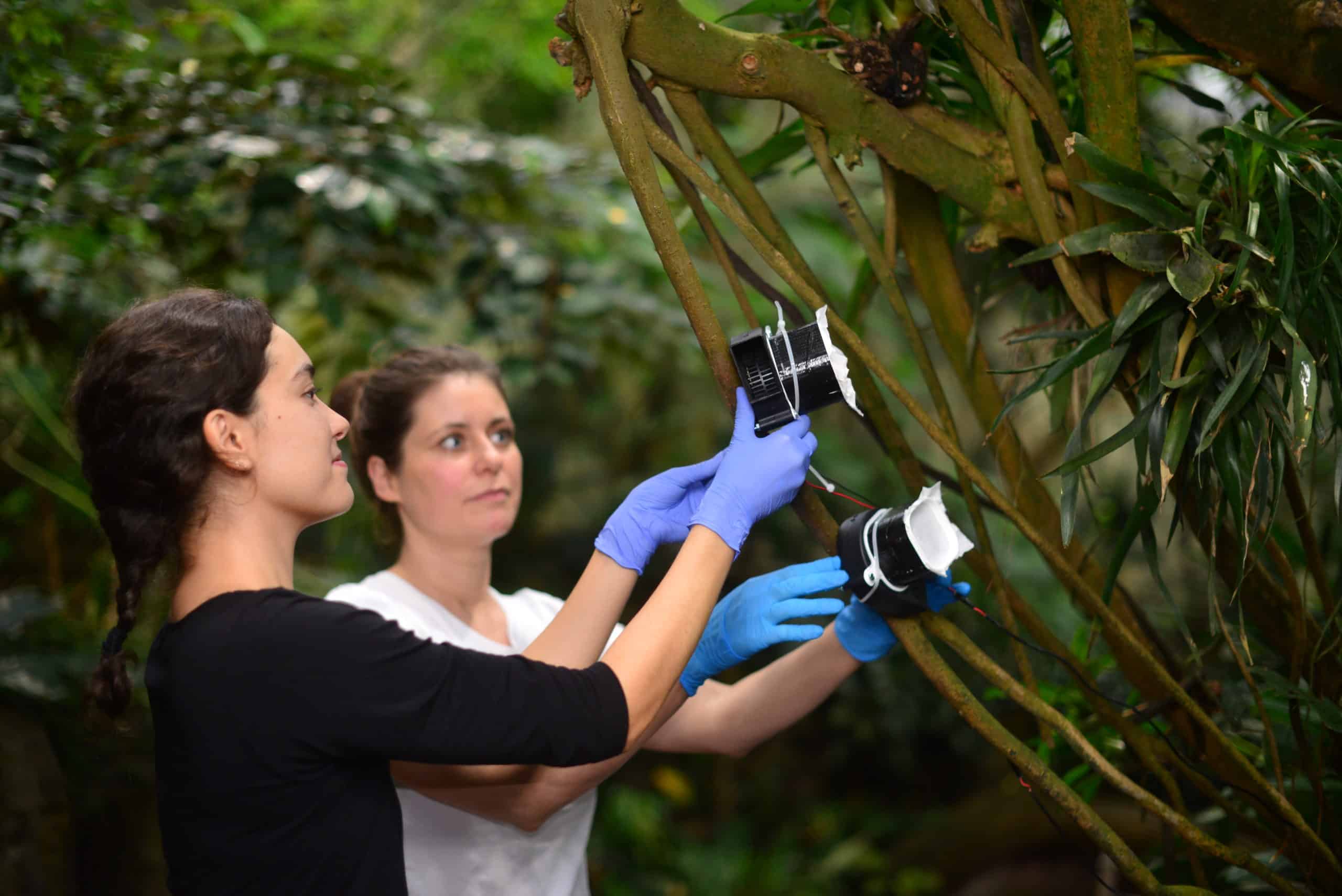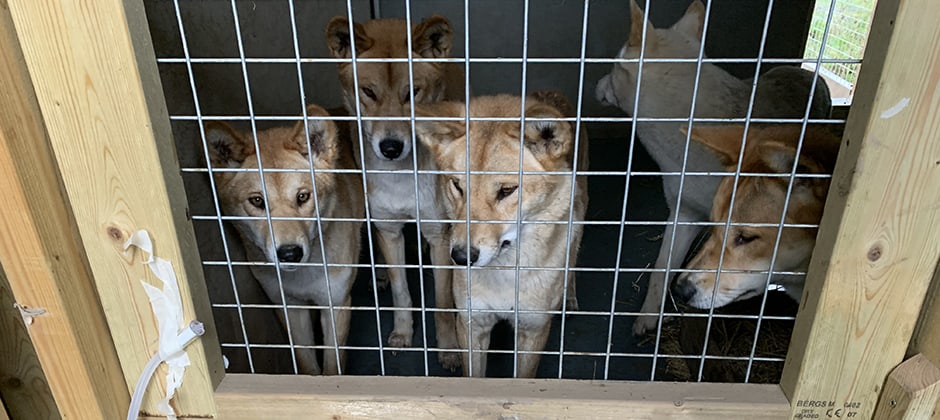Share this article
Pulling animal DNA from thin air
When researcher Elizabeth Clare was charged with exploring how environmental DNA carried in the air could be used to detect mammals, she was surprised by what she found. Nothing. The technique, which looks for traces of animals’ genetic material in the water, soil and air, is increasingly being used to show the presence species that are otherwise hard to find. But no one, it seemed, was using eDNA, as it’s known, to check air samples for animal life.
“I just left it as speculation in my report,” said Clare, a professor of biology at York University in Toronto.
But new funding allowed her and colleagues from Queen Mary University of London to collect preliminary data on naked mole rats (Heterocephalus glaber) in their burrows. They put a tube into the burrow, sucked air onto a filter and sure enough, found mole rat DNA. When they sampled the room the rats were in, they also detected human DNA from the caretakers, and even some dog DNA. “One of the caretakers was babysitting a dog on the weekend,” she said.
With proof that the method could work, and that it was sensitive enough to find traces of dog DNA tracked into the lab, Clare and her team decided to take it to a much larger space: the zoo. What they found, in a study they published in Current Biology, could have ramifications for searching for animal DNA in the wild.

Researcher Elizabeth Clare samples air to collect airborne DNA. Credit: Elizabeth Clare
“The marvelous thing about zoos is there are collections of non-native species, so if I detect tiger DNA, I know my signal is real,” Clare said. “It can’t be from anywhere else in the British countryside.” And since the animals are in enclosures, it would be easy for researchers to tell how far away their samples were coming from, and how far the signal was traveling.
Using a low-powered pump to lessen their disturbance on the animals, they captured the air and filtered it onto a control paper. “It’s a bit like making coffee, but instead of pulling liquid and catching the grounds on a filter, we are vacuuming air through a filter to catch the particulate matter,” she said.
Comparing the DNA they detected to known databases, they were able to identify 25 species of mammals and birds, including a few, like ducks and squirrels, that weren’t zoo animals. The team also detected chicken and cow DNA, which she said is what carnivores at the zoo are fed. Even Eurasian hedgehogs (Erinaceus europaeus), a critically endangered species in Britain, showed up. “The hedgehog was our favorite thing that appeared,” she said. “It’s brilliant that we can find rare, endangered things and determine they’re present.”
Then, when Clare put her initial findings on a website for articles in pre-print, something exciting happened.
“Two days later, I got a flurry of text messages asking, ‘Have you seen this other paper?’” she said. A team of Danish researchers, some of whom Clare had worked with previously, also had research in the works on eDNA in zoo animals from samples caught in the air.
Instead of competing with one another, Clare and the author of the other research, Christina Lynggaard, decided to work together to get their papers published at the same time, in the same journal. They didn’t initially share their results, but once they both got their papers accepted into the same journal, they worked hard to get them published at the same time. “This is exactly how science is supposed to work,” Clare said. “Others are supposed to replicate your work. It’s impactful and promising that the two groups had different methods but get the same answer.”
In the study Lynggaard led, she and her colleagues at the University of Copenhagen collected eDNA from the air using a fan in a local zoo. They were able to detect 49 non-human vertebrate species, including mammals, birds, reptiles, amphibians and fish.

Researchers Christina Lynggaard and Kristine Bohmann collect air samples at the Copenhagen Zoo.
Credit: Christian Bendi
Clare is hopeful using air eDNA can be used in the wild. “The hedgehog DNA is good evidence you can go into an environment and pick up native wildlife,” she said.
But there are still lingering questions, she said, like how long DNA lasts in the air and why some species seem to be harder to detect. Her research failed to pick up lemurs at the zoo, for instance.
“I am seeing examples emerging from many labs that are testing these variables,” she said, “My hope is it will emerge in the next year or two that we get a handle on it,” she said. “I think it’s going to be fun.”
Header Image: Dingos at Hamerton Zoo in the U.K. look at air sampling equipment. Credit: Elizabeth Clare








